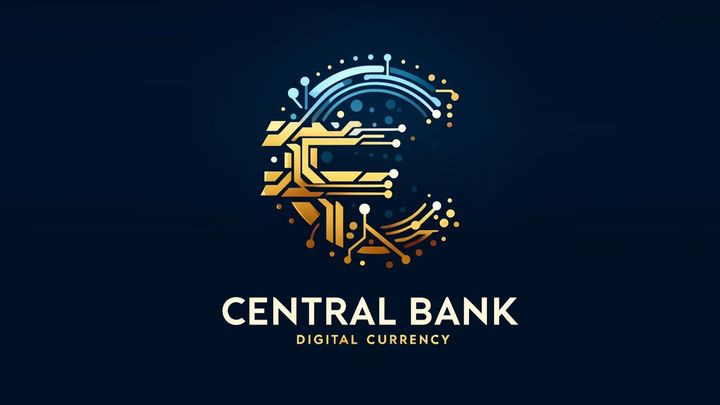
Building Tomorrow's Economy: The Next-Gen CBDC Platform
Greetings,
I am currently in pursuit of transforming a concept from my doctoral thesis into a viable, functioning stablecoin and eventually a Central Bank Digital Currency (CBDC). The initiative aims to leverage Distributed Ledger Technology (DLT) to enhance the efficiency, cost-effectiveness, and security of digital currencies in Europe.
The development of this project is not just a professional endeavour but a profound commitment to modernising and securing our financial infrastructure for future generations. The potential for DLT to streamline financial processes and expand financial inclusion makes this work crucial for economic evolution.
The funds raised will be instrumental in the following ways:
Research and Development: Extensive investment in technology to evolve the stablecoin from a theoretical model to a practical, scalable solution. This includes software development, simulation testing, and system optimisations.
Compliance and Security: Ensuring the platform meets all regulatory requirements and implements cutting-edge security measures to protect user data and transactions.
Pilot Projects: Launching pilot projects to test the stablecoin in controlled environments, allowing us to refine the system before a broader rollout.
Community Engagement: Organising workshops, seminars, and outreach programs to educate potential users and stakeholders about the benefits and workings of the new digital currency.
Your support will not only help in advancing this pioneering technology but also in laying the groundwork for a secure, inclusive, and efficient digital financial system. Together, we can drive the future of finance, fostering stability and innovation.
Thank and Regards,
The HWPE Team
WHY...
A micro payment platform capable of delivering euro transactions at 1/10 of a eurocent, with transaction fees approximately 1/100 of a eurocent, possesses transformative potential for commerce and society. Here’s an analysis of the benefits and the revolutionary impact such a platform could have:
Economic Inclusion
A primary advantage of this system is its potential to significantly enhance financial inclusion. By lowering the cost barrier to transactions, it allows individuals and businesses, especially those in economically disadvantaged or remote areas, to participate in the economic system with minimal financial burden. This is particularly impactful in regions where traditional banking infrastructure is sparse or non-existent.
Enhanced Commerce Efficiency
The ability to conduct transactions at such low cost and high efficiency could revolutionise small-scale transactions, making them economically viable. For small businesses, freelancers, and gig economy workers, this platform would reduce the overhead costs associated with payment processing, thus enabling them to offer products and services at more competitive prices.
Stimulating Innovation in Services
Business models based on very small transaction sizes—often untenable with current payment systems due to high fees—could flourish. This includes pay-per-use models for digital content such as articles, music, and video streaming, where consumers can pay a tiny amount for each piece of content consumed rather than subscribing to entire libraries.
Micro Donations and Fundraising
Charities and non-profit organisations could benefit immensely by receiving micro-donations, which are currently not feasible due to high transaction fees. Supporters could contribute small amounts frequently without significant financial burden, potentially increasing the total donation volume.
Boosting the Internet of Things (IoT)
In an IoT-driven environment, transactions occur frequently and in small amounts. Devices need to transact autonomously for services like data, energy, or software updates. A micro payment platform reduces transaction costs to a level where these frequent, automated transactions become feasible, driving forward innovations in smart homes, cities, and industries.
Reducing the Shadow Economy
By making transactions traceable and affordable, a micro payment system can help reduce the volume of unrecorded economic activity, including informal trade and black-market transactions. This not only increases tax revenue but also ensures greater economic transparency.
Global Impact
On a global scale, such a system could empower cross-border transactions, allowing individuals and small enterprises to engage in international trade with unprecedented ease. The low fee structure facilitates the exchange of goods and services across borders without the prohibitive costs associated with currency exchange and international banking fees.
Promoting Financial Stability
By lowering transaction costs and increasing accessibility, the financial system becomes more inclusive and stable. This inclusiveness can lead to more balanced economic growth, reducing disparities and promoting overall economic stability.
A micro payment platform that allows for transactions at a fraction of a eurocent's cost could fundamentally change how money flows through the economy, breaking down barriers to financial services, and paving the way for innovative business models and global economic participation. This revolution could lead to a more inclusive, efficient, and dynamic global economic landscape.
Organizer
Craig Wright
Organizer